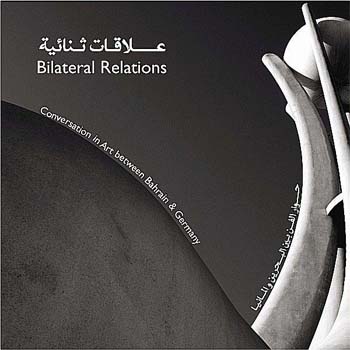"Bilateral exhibition" highlights Finnish and Swedish history
 Stockholm - Scores of artefacts including a famed desk, a throne, portraits and historic documents feature in an exhibition highlighting the bicentenary of the separation in 1809 of Finland and Sweden.
Stockholm - Scores of artefacts including a famed desk, a throne, portraits and historic documents feature in an exhibition highlighting the bicentenary of the separation in 1809 of Finland and Sweden.
Titled, 1809 - A kingdom divided and a new beginning, the exhibition at the Royal Armoury was formally opened June 5 by King Carl XVI Gustaf.
In his remarks, the king said "you feel humbled over the events and people who shaped developments."
Some 90 per cent of the exhibition and most of the some 500 items on display have earlier been shown at the National Museum of Finland in Helsinki.
"This is really a bilateral exhibition," said Per Sandin, producer and museum lector at the Royal Armoury, regarded as one of Sweden's oldest museums and housed in the Royal Palace in Stockholm.
The exhibition illustrates ties between the two neighbouring countries that prior to 1809 were in many aspects regarded as one entity for over 600 years, sharing joint administration, legislation and economy, even though the majority of the inhabitants in the eastern part - what is Finland today - spoke Finnish.
"It is perhaps the single most dramatic event in our history," Sandin said of the so-called Finnish war that ended with a September 1809 peace treaty with Russia.
The harsh peace terms resulted in the loss of a third of Sweden's territory and a fourth of the population - a traumatic event. The actual treaty is also on display.
For Finland, a different path was forged. It became an autonomous Grand Duchy within the Russian Empire, and was to declare independence in 1917. Finland still has two official languages - Finnish and Swedish - and some 5-6 per cent of the population of 5.3 million have Swedish as their mother tongue.
On exhibit were also Czar Alexander I's assurance stating for the first time that Finland was to be regarded as a state in its own right as well as the throne he used in March 1809 at a meeting of the diet in Porvoo, Finland. The throne has never been shown outside Finland.
Scenes and sketches for key buildings in Helsinki that later became the new Finnish capital by among others architects like Johan Albrecht Ehrenstrom and Carl Friedrich Engel also feature.
Some visitors will likely be interested to see a document signed 1810 by Napoleon where he approves the election of former French marshal Jean Baptiste Bernadotte as heir to the Swedish throne.
He took the name Karl Johan, and is the first in the Berndaotte dynasty that has ruled Sweden since.
On display is also the desk where Carl Olof Cronstedt, the last Swedish commander of the Suomenlinna fortress built on several islands in Helsinki harbour, signed a letter surrendering to the Russians in the spring of 1808.
The surrender of the fortress and its thousands of men, ships and equipment has been the subject of numerous academic studies and debates since, while the 250-year-old fortress has since 1991 been listed as part of the world heritage when it was included on UNESCO's list.
In May, the govermments of Finland and Sweden held a joint cabinet session as part events marking the bicentenary of the 1809 separation.
The exhibition includes a comprehensive catalogue in Finnish and Swedish, respectively, with some English summaries.
More details on the 1809 exhibition that runs through January 10, 1810: www. livrustkammaren. se. (dpa)